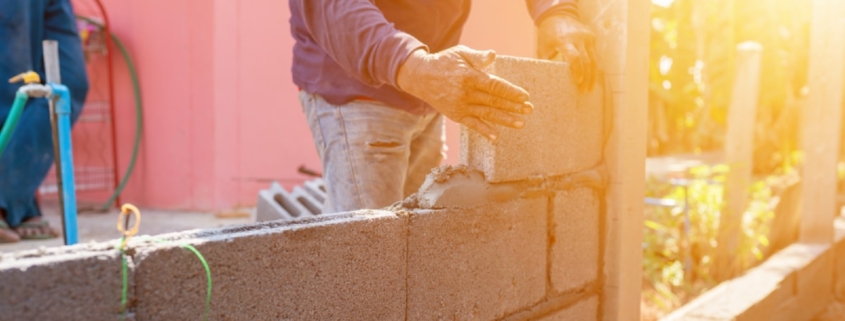The Future of Construction: A Closer Look at Prefabrication 4338
Understanding the Basics of Sustainable Construction
In the current age, sustainable construction, commonly called green building, has emerged as a key focus. This comes as no shock, given the increasing awareness and concern about environmental issues.
Sustainable construction aims to reduce the environmental impact of building, while at the same time creating a safe and productive environment for those who inhabit the structures. The key components of sustainable construction include energy efficiency, water conservation, waste reduction and the use of sustainable materials.
Efficient energy use is a crucial component of sustainable construction. It involves designing buildings to optimise of natural light and heat, using energy-efficient appliances and systems, and using renewable energy sources such as solar or wind power.
Water conservation in sustainable construction can be achieved through utilising fixtures and appliances that use less water, implementing rainwater harvesting systems, and utilising water-efficient landscaping. Similarly, waste reduction techniques often involve recycling construction materials, composting organic waste, and using materials that are long-lasting and require less maintenance.
The use of sustainable materials is another vital aspect of green building. These are materials that are both renewable, but also produced in a manner that minimizes environmental impact. Examples could include bamboo, recycled steel, and low volatile organic compound paints.
In conclusion, sustainable construction is a complex field that demands careful consideration and planning. However, the payoffs, both for the planet and its inhabitants, are well worth the effort. By getting to grips with the basics of sustainable construction, we can all contribute to a greener future.
For more details, check best Chimney Services Dublin or visit their Chimney Repairs Service business listing here.



